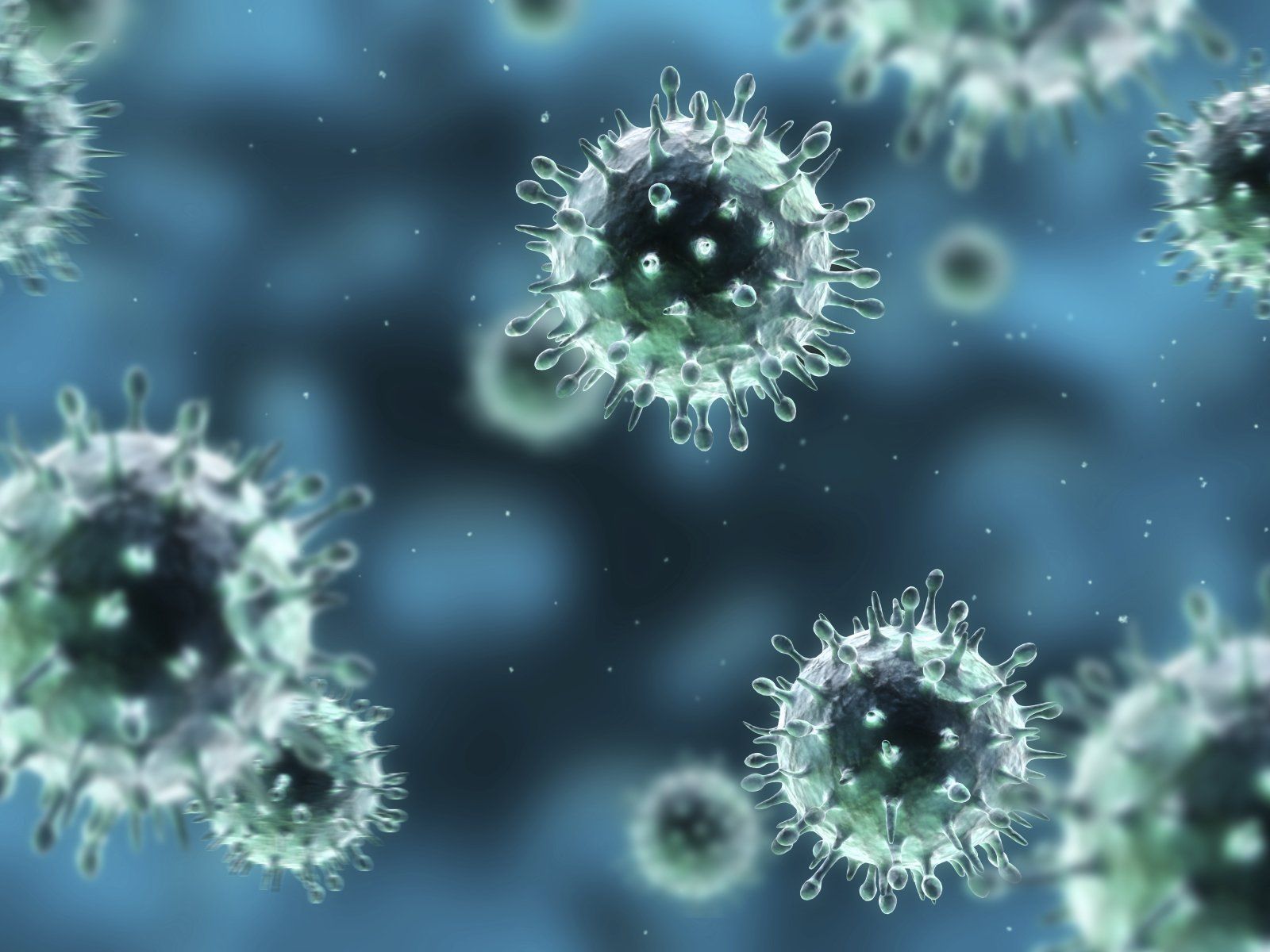1️⃣ Microbiologee
What are viruses?
Viruses are infectious organic structures that spread outside cells through transmission, but can only multiply within a suitable host cell.
Source: Wikipedia
Viruses have a simple structure
They consist of genetic information and are sometimes surrounded by a protein shell. The genetic material contains the information for their reproduction. Unlike bacteria, viruses do not consist of their own cells nor do they have their own metabolism. Therefore, strictly speaking, they are not real living organisms. They cannot reproduce without outside help.
🎥 Summary
What are viruses? (CC BY 4.0)
Source: 3sat nano/ Raketenfilm / Titus Gust / Konstantin Fuchs Text
Where do viruses occur?
Viruses are the most successful creatures of evolution; they have been there from the beginning.
Viruses penetrate animal, plant or human cells and thus regulate the animal and plant population. They use these living cells as "host cells". They can also survive in the environment for a very long time and remain infectious. However, if they do not find a new host cell, they die sooner or later.
How do viruses get into human cells?
Not all viruses in our environment infect people. And not all viruses that infect people actually make us sick. Our immune system often reacts quickly and fights the invaders successfully. Nevertheless, there are some diseases that are caused by viruses.
A virus can only infect a human cell if it can attach itself precisely to the cell's receptors with its "spikes" (Key-lock mechanism).
The cell's receptors are actually designed to import important substances or serve as an ignition key for various processes. The virus spike is therefore something like a false key.
👉🏻 Alls clear? Time for a further Quiz!
How do viruses damage the human body?
Restriction of cell function up to cell death
- If the body cells can no longer recover, organ functions are at risk
Risk factors for
EVERYONE
Infection:
- Previous illnesses (cardiovascular diseases, diabetes mellitus, cancer)
- Young or old age













